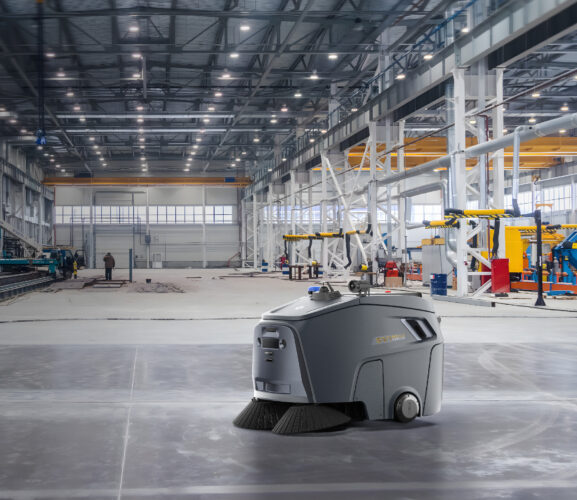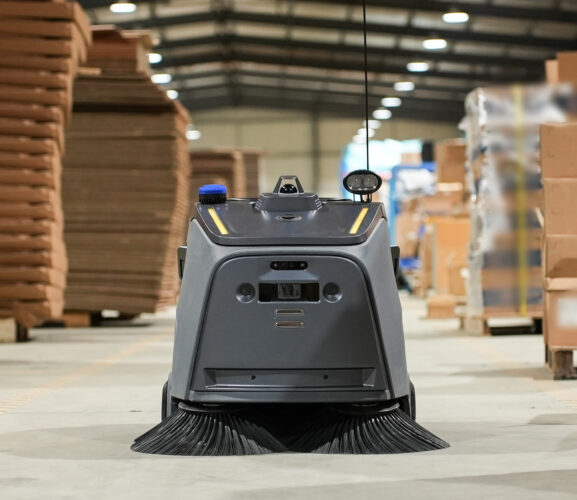UP NEXT
What Makes a Commercial Robot Vacuum Truly Great? Beetle Has the AnswerJune 26, 2025

July 15, 2025
In sprawling industrial environments—warehouses, logistics hubs, manufacturing plants—cleaning is no longer a simple task. It requires automation that is not only powerful, but intelligent. Enter the industrial robot vacuum, a machine designed to navigate and clean massive, dynamic spaces with minimal human intervention.
At the heart of these high-performing machines lies one game-changing capability: smart mapping. In this blog, we’ll dive into the navigation technologies that make it possible for robot vacuums to operate efficiently and autonomously at industrial scale.
Industrial facilities pose unique navigational challenges:
To tackle these conditions, industrial robot vacuums must go beyond basic route-following. They need to perceive their environment, localize themselves, and make intelligent decisions in real time—all while maintaining consistent cleaning performance.
The evolution of navigation in cleaning robots has been dramatic. Early consumer-grade models relied on random movement and physical contact to navigate. That simply doesn’t work in an industrial setting.

Modern industrial robot vacuums are equipped with a multi-sensor navigation suite, combining:
This sensor fusion enables robots to autonomously perceive, localize, and adapt to complex, ever-changing industrial environments with a high level of intelligence and precision.
One of the biggest advantages of modern navigation technology is scalability. Industrial robot vacuums can:
Case in Point: Beetle by Gausium
Beetle, Gausium’s industrial sweeping robot, exemplifies the power of smart mapping at scale. Equipped with 3D LiDAR, RGB cameras, and depth cameras, Beetle offers robust environmental perception, enabling it to identify floor obstacles of all shapes and sizes—static or dynamic. It supports mapping for areas up to 60,000 square meters, with localization accuracy of ±10 mm, making it exceptionally well-suited for large-scale industrial deployments. Whether navigating tight warehouse aisles or expansive production floors, Beetle ensures precise, consistent cleaning coverage with minimal supervision.
Smart mapping in industrial robot vacuums does more than drive autonomy—it delivers measurable business value:
In advanced setups, robot-generated maps can even be integrated into digital twin models, giving facilities teams a live view of space usage, cleaning coverage, and obstacle patterns.
As smart factories and automated logistics networks continue to grow, industrial robot vacuums are no longer just supporting cast—they’re integral to the performance of modern facilities. And it’s their navigation intelligence that allows them to work efficiently, independently, and safely at scale.
By embracing smart mapping and sensor-driven autonomy, industries gain not just cleaner floors, but leaner operations and better-informed decisions.

Step 1/2
Please select the type of business you’d like to have with Gausium.
Choose one item from the list
Step 2/2
Thanks for sharing your preference. Please fill out the form below, and we’ll get in touch shortly.
By clicking “Submit”, I authorize Gausium to contact me. Privacy Policy.
Thank you for filling out the form
By clicking “Submit”, I authorize Gausium to contact me. Privacy Policy.